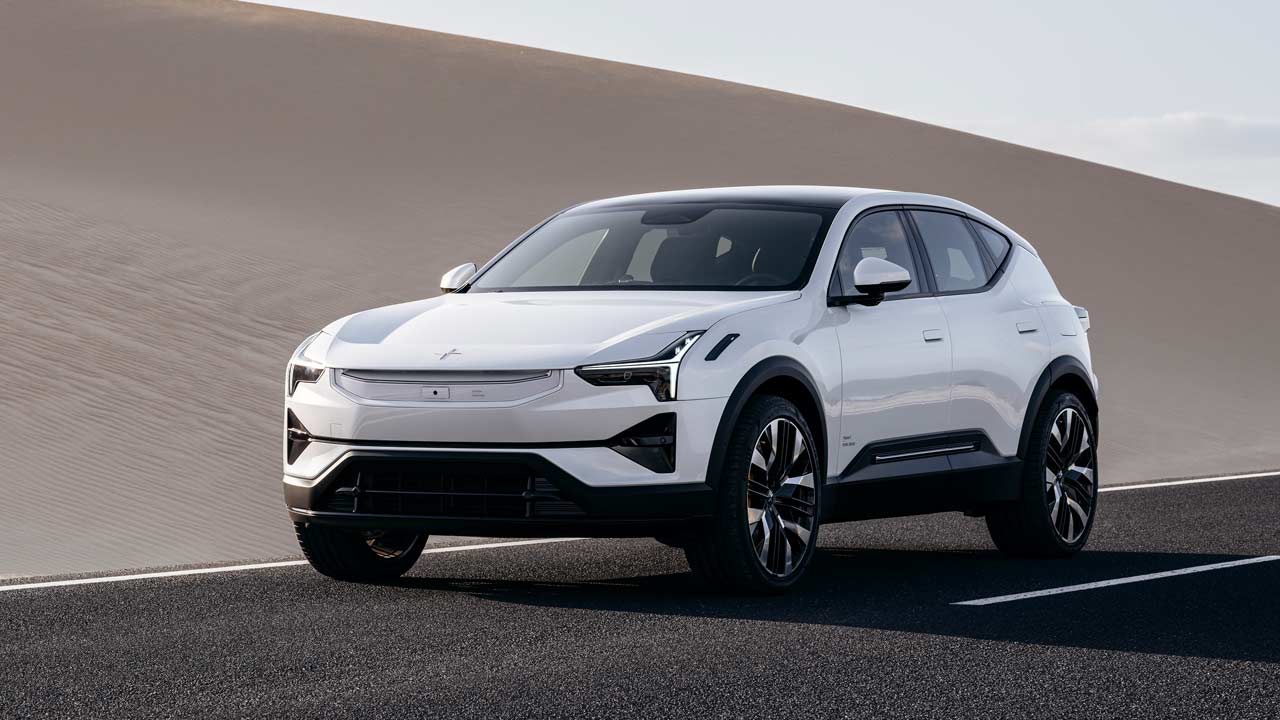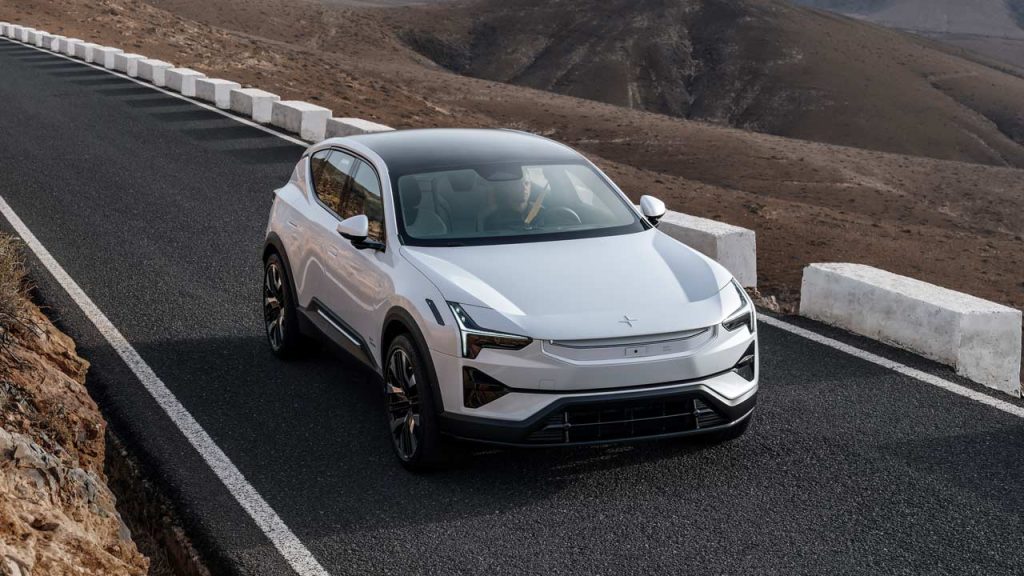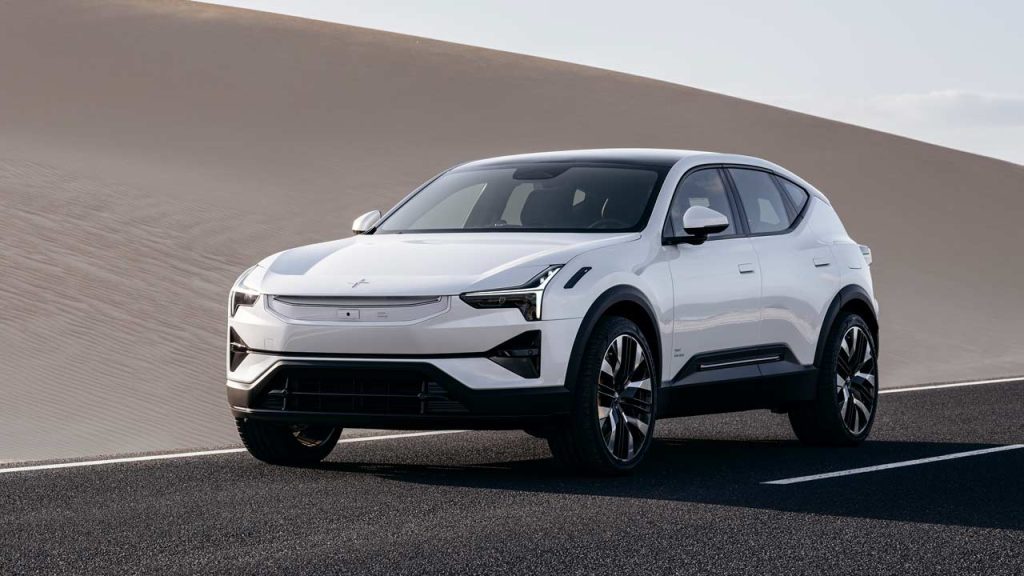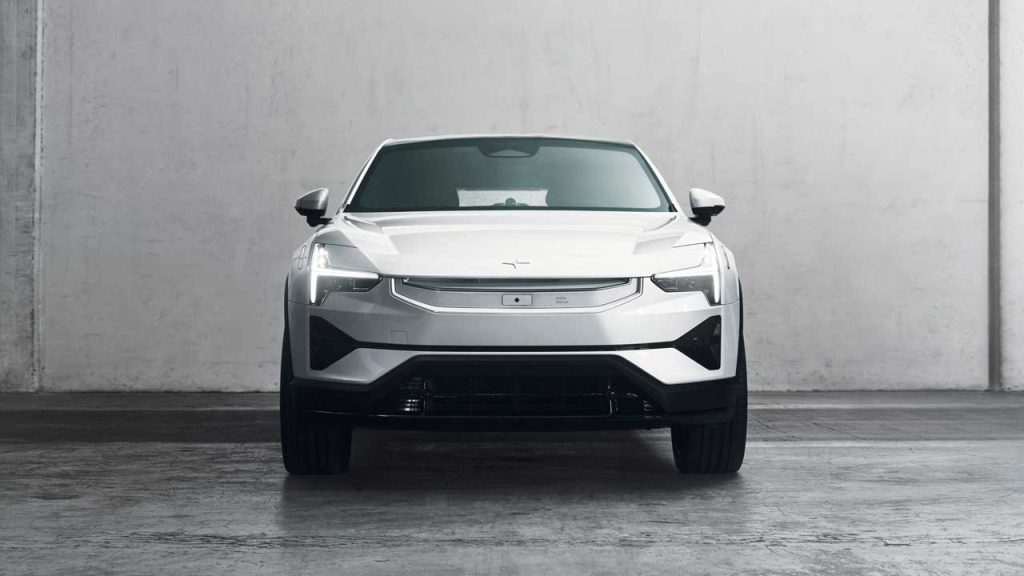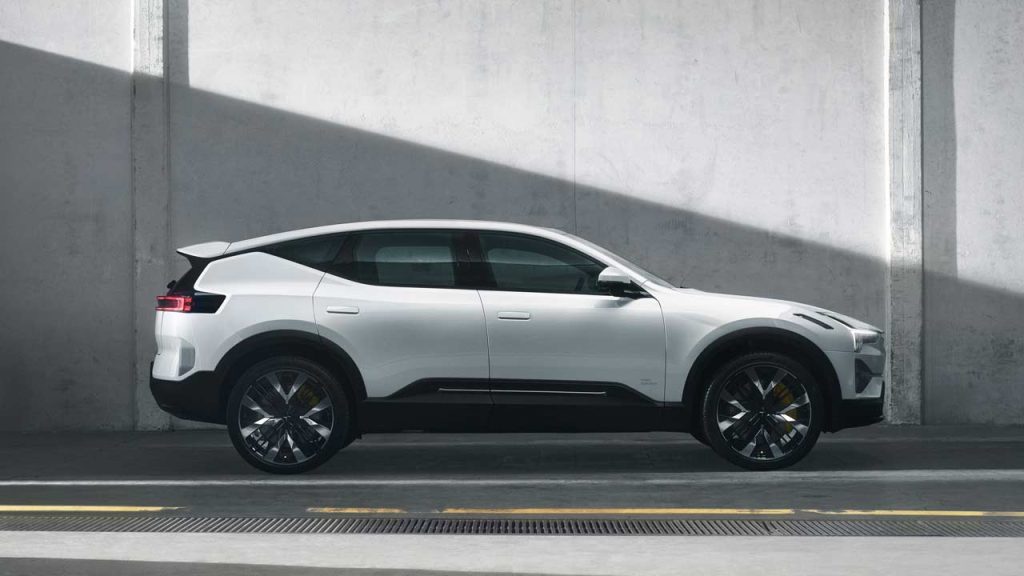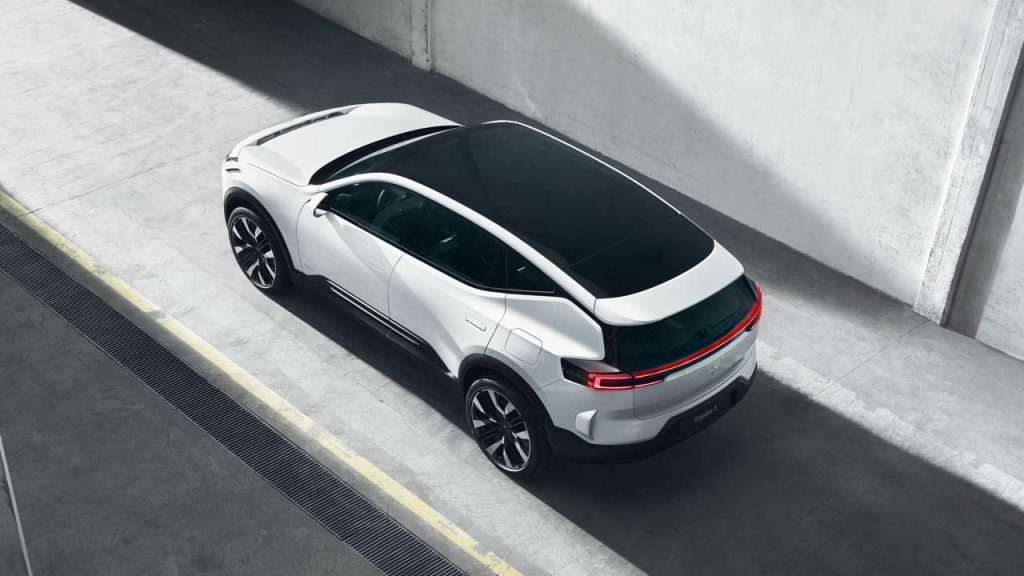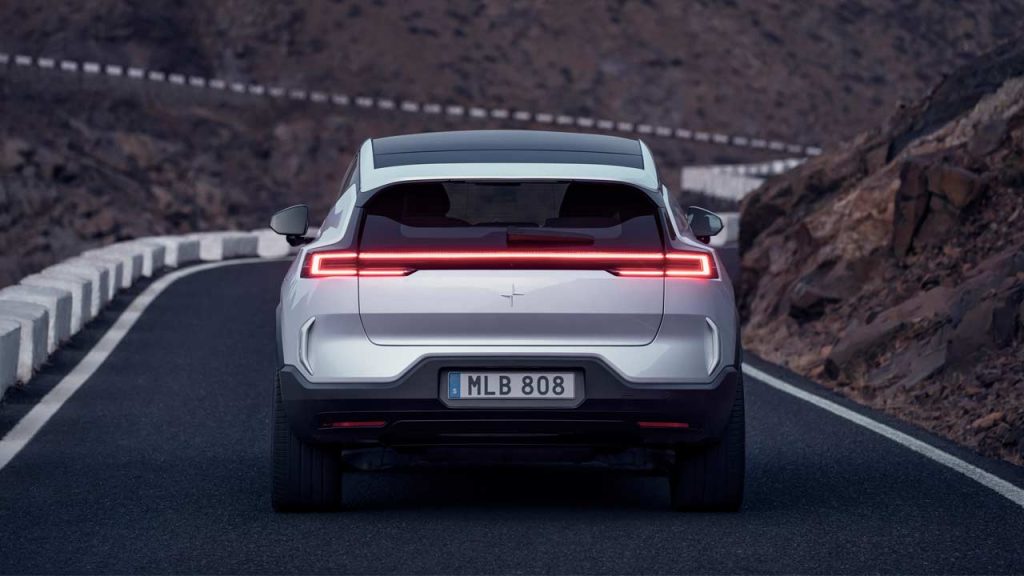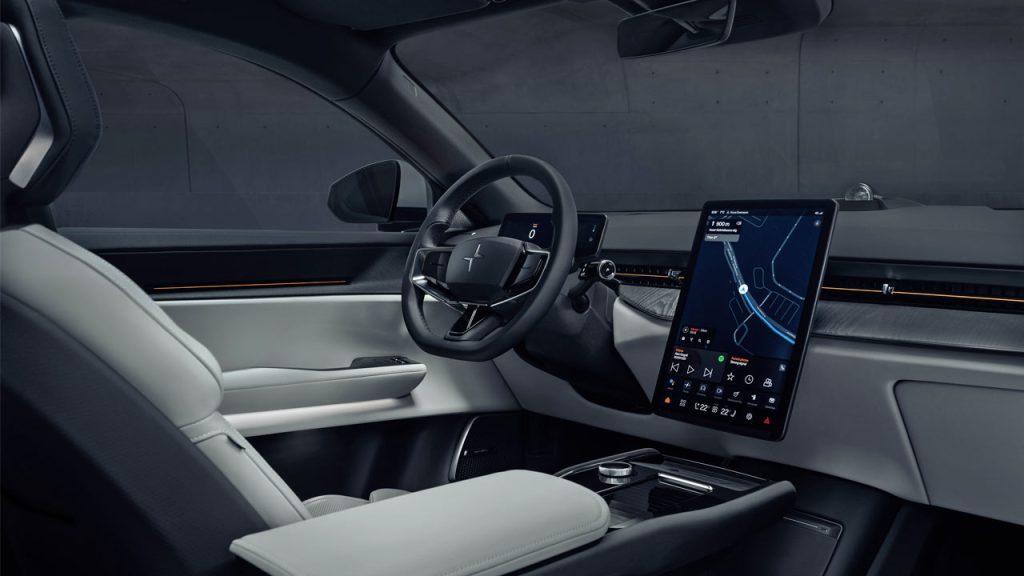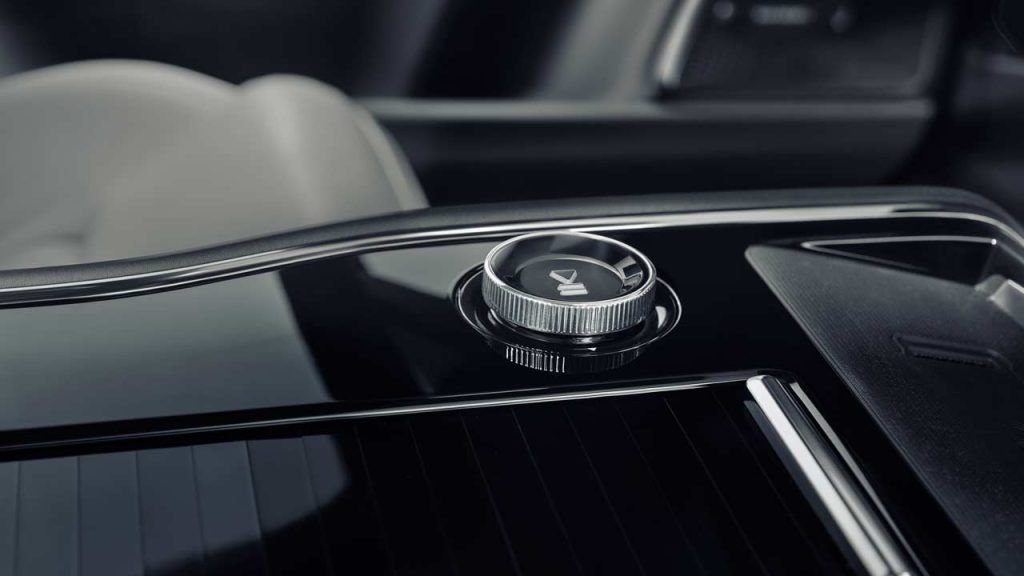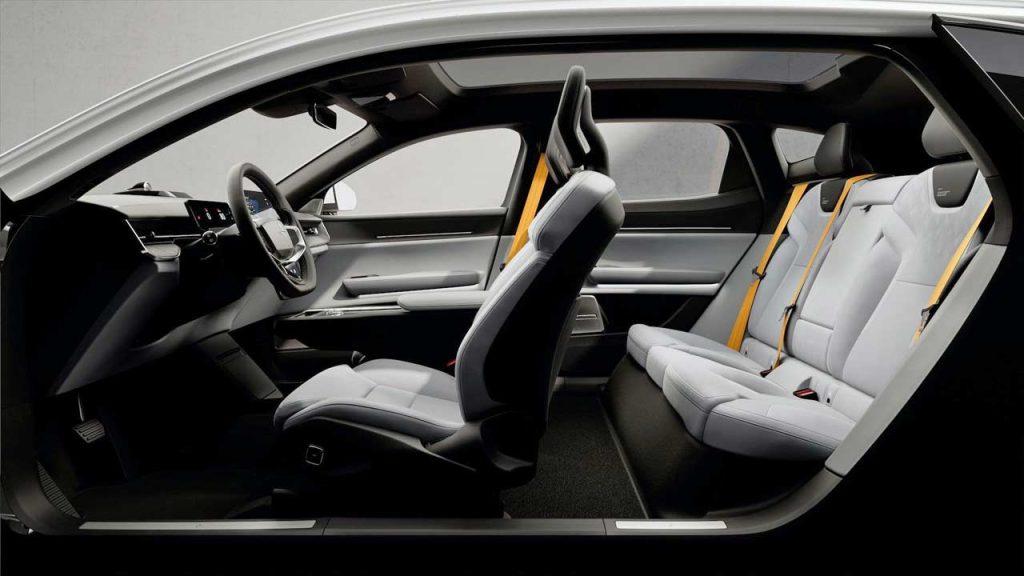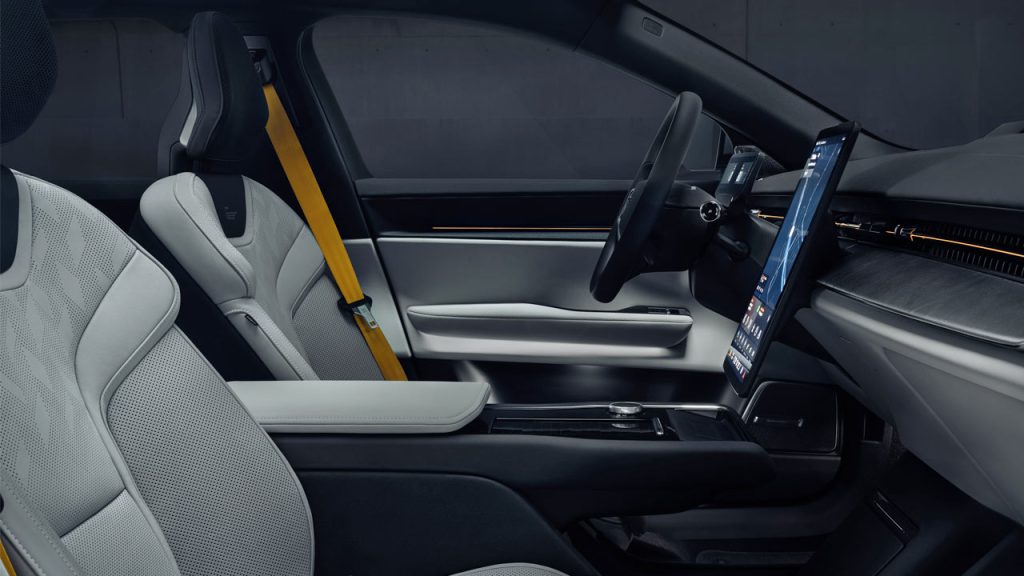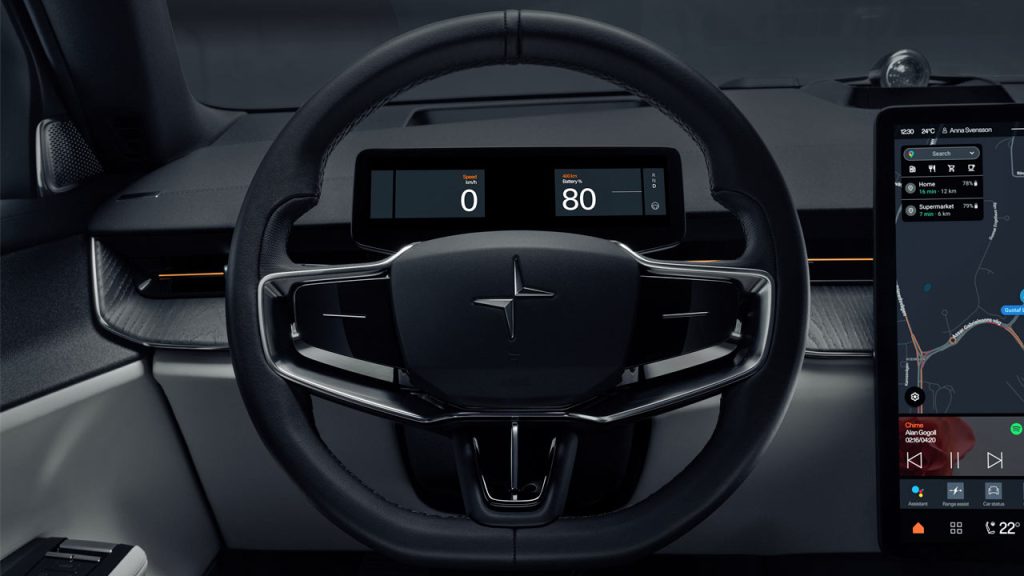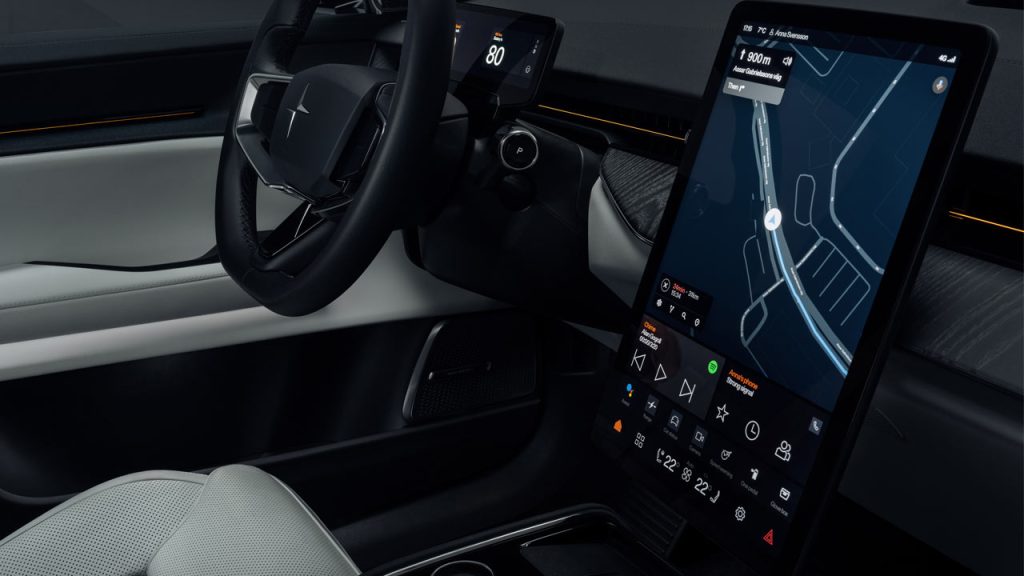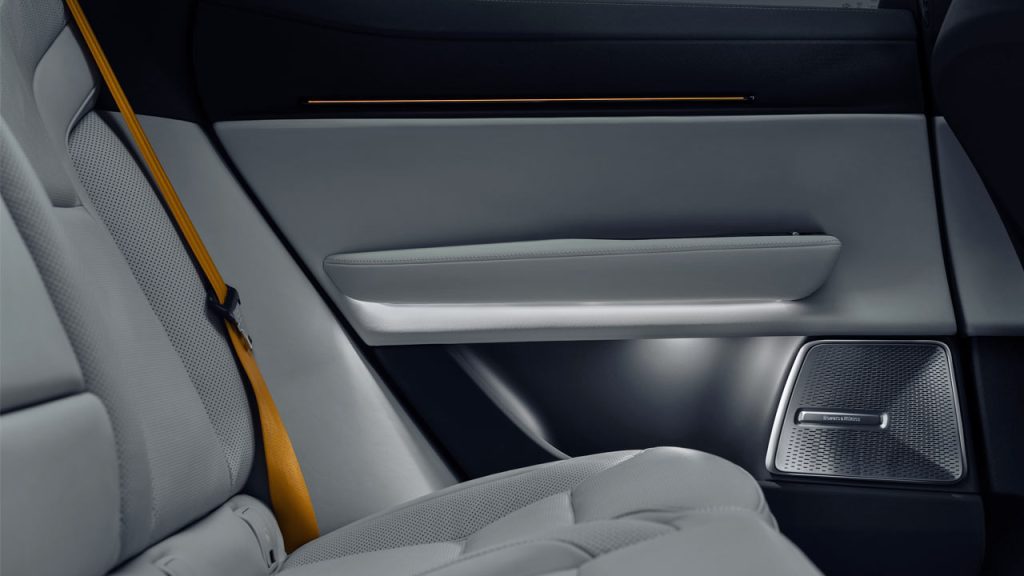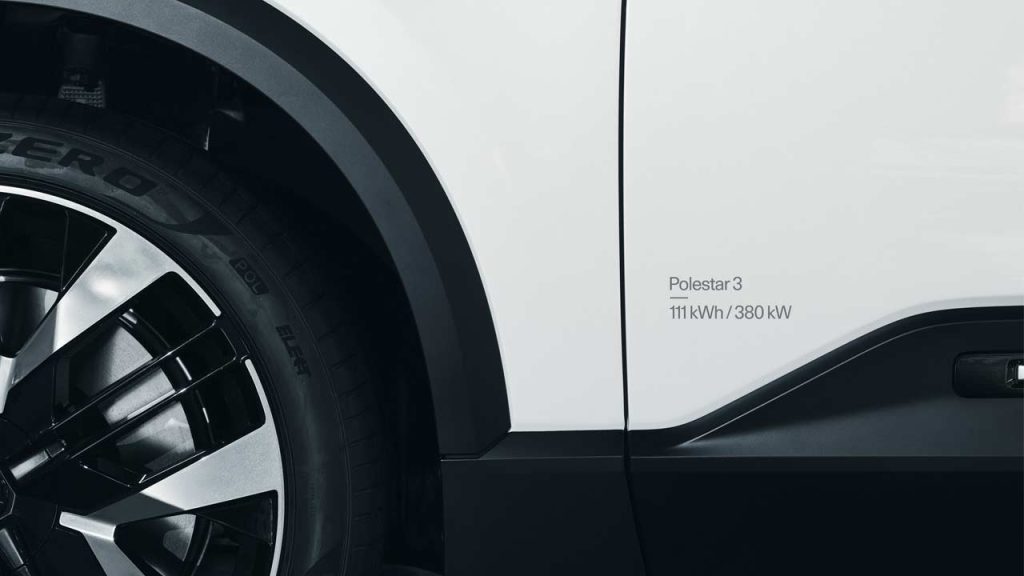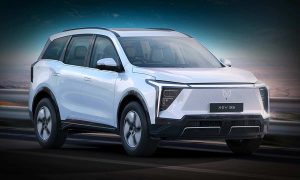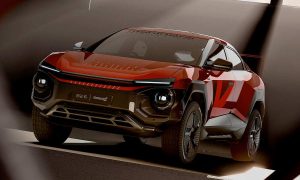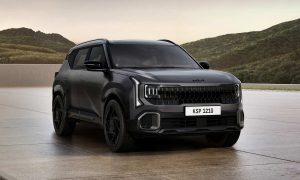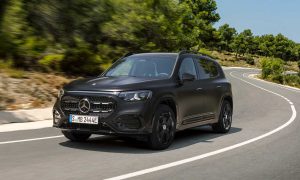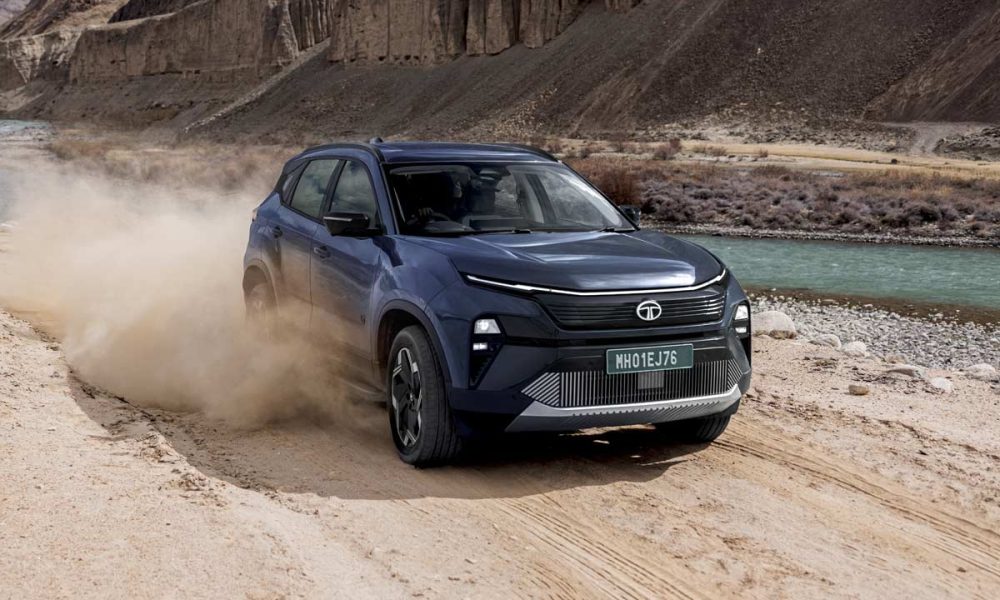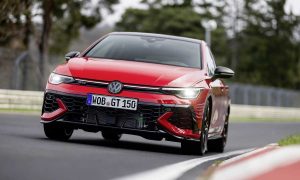Polestar has fully revealed its first SUV, the Polestar 3. Series-production is planned to begin in Chengdu, China, in mid-2023, but there are also plans for additional manufacturing at Volvo Cars’ Ridgeville, South Carolina facility (United States), in mid-2024. The company plans to launch the electric crossover in North America, Europe and China initially, followed by the Asia Pacific and the Middle East at a later date. Deliveries for the initial markets are expected to commence in Q4 2023, while others have to wait for 2024. Online orders are gonna commence in all initial launch markets from 12 October 2022. Polestar has also shared the “indicative launch price” for Europe, which is gonna be €89,900. The Performance Pack costs an extra €6,600. UK prices are £79,900 and £85,500 (with Performance Pack). US prices start at $83,900 and $89,900 (with Performance Pack).
The Polestar 3 is a handsome-looking crossover, but I think it looks more like an MPV from most angles—most likely for aerodynamic reasons. Speaking of aerodynamics, notice that it has an aero wing on the bonnet in addition to an aero wing on the roof at the rear. The closed “grille” at the front—underneath that aero wing—incorporates a sensor suite for ADAS—as is the case with most modern cars. All-LED lighting; retractable door handles with proximity sensing; a full-length panoramic glass roof, and dual-chamber air suspension (with ZF active dampers) are some of the other key highlights.
For those interested to know the dimensions, the Polestar 3 measures 4,900 mm long, 2,120 mm wide (including mirrors) and 1,614 mm tall, with a wheelbase of 2,985 mm. As standard, the crossover rides on 21-inch wheels, but you get a couple of 22-inch options.
On the inside, sustainability and the way the materials are sourced have been given a top priority. Materials used include bio-attributed MicroTech (a vegan leather alternative), animal welfare-certified Nappa leather (optional) and animal welfare-certified wool. And, Black Ash wood deco is optionally available for those who don’t fancy the recycled aluminum deco.
As for other key highlights, you got a rather large 14.5-inch portrait-style centre touchscreen powered by Android OS, a 9-inch driver display, 3-zone climate control, 8-way electrically-adjustable front seats, a wireless charging pad, USB-C connectors (2 front, 2 rear), and more.
The Plus Pack and Pilot Pack are included as standard for the first model year and include a raft of premium, luxury and convenience features such as a 25-speaker Bowers & Wilkins with 3D surround sound system and Dolby Atmos capability, soft-closing doors, a head-up display and Pilot Assist.
The Pilot Pack with LiDAR is gonna be an optional extra—available to order from the second quarter of 2023. It’ll add an additional control unit from NVIDIA, three cameras, four ultrasonic sensors and cleaning for the front- and rear-view cameras, offering accurate real-time data about the car’s surroundings especially in the long-range field.
Active safety and assistance systems include all the usual stuff you expect, such as Adaptive Cruise Control, collision avoidance systems, Lane Departure Warning, Rear Collision Warning and Mitigation, Cross Traffic Alert with brake support, Blind Spot Information with steer assist, and more. Passive safety includes 9 airbags.
Moving on to the juicy bits of the story then, the Polestar 3 is an all-wheel-drive SUV with two motors, offering a combined 360 kW (489 metric hp) and 840 Nm (620 lb-ft) as standard. But the optional Performance Pack gets you 380 kW (517 metric hp) and 910 Nm (671 lb-ft). But no matter which version you choose, you get a 400-volt 111 kWh battery pack with estimated ranges of up to 610 km (379 mi) and 558 km (347 mi), respectively. The official 0-100 km/h (62 mph) sprint time is 4.7 seconds with the optional Performance Pack. The top speed on both versions appears to be limited to 209 km/h (130 mph). The battery pack can be DC fast-charged with up to 250 kW. AC charging is up to 11 kW.

Leave a Reply
Note: Comments that are unrelated to the post above get automatically filtered into the trash bin.
